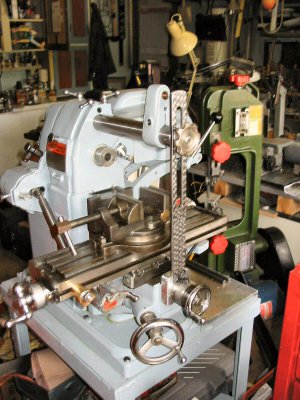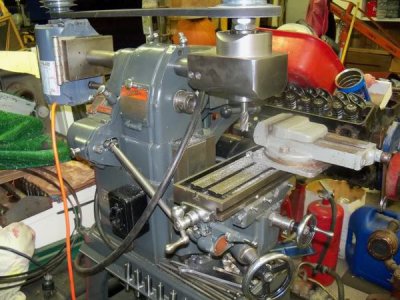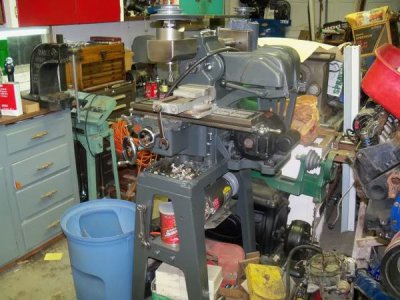- Joined
- Nov 10, 2011
- Messages
- 1
O started out with an Atlas mill. I recommend that you definitely rig up some kind of support for the outboard end of the arbor. The originals had one. It secured around the shaft of the "Y" handle feed,and connected to the overhead arm. It has to be height adjustable. This would greatly help the jumping and grabbing that happens with these small mills.
The earliest versions of the milling machine were not equipped with the outboard support arm. That modification came from Atlas some years after the original machines were made. Another early model piece is the cast cover that installs over the overhead arm as a cover. That casting went away I think once the outboard support arm spoken of entered the picture.
Many of these machines, mine included are often bought with no vise. Aside from astronomically priced originals there are few high quality alternatives out there to be found. I bought a Palmgren Lowboy, low profile swivel base vise USA made for mine for about $200 or a bit more but really it is a bit large for this machine at 4&1/2 inches. Palmgren used to offer a 3&1/2" version that would have been a much better fit to the machine but unfortunately this model was discontinued a few years ago. If you are looking to replicate what was there originally then you will look for a swivel degree indexed base that is low in height which is very important due to the working limits of the machine. Good luck



